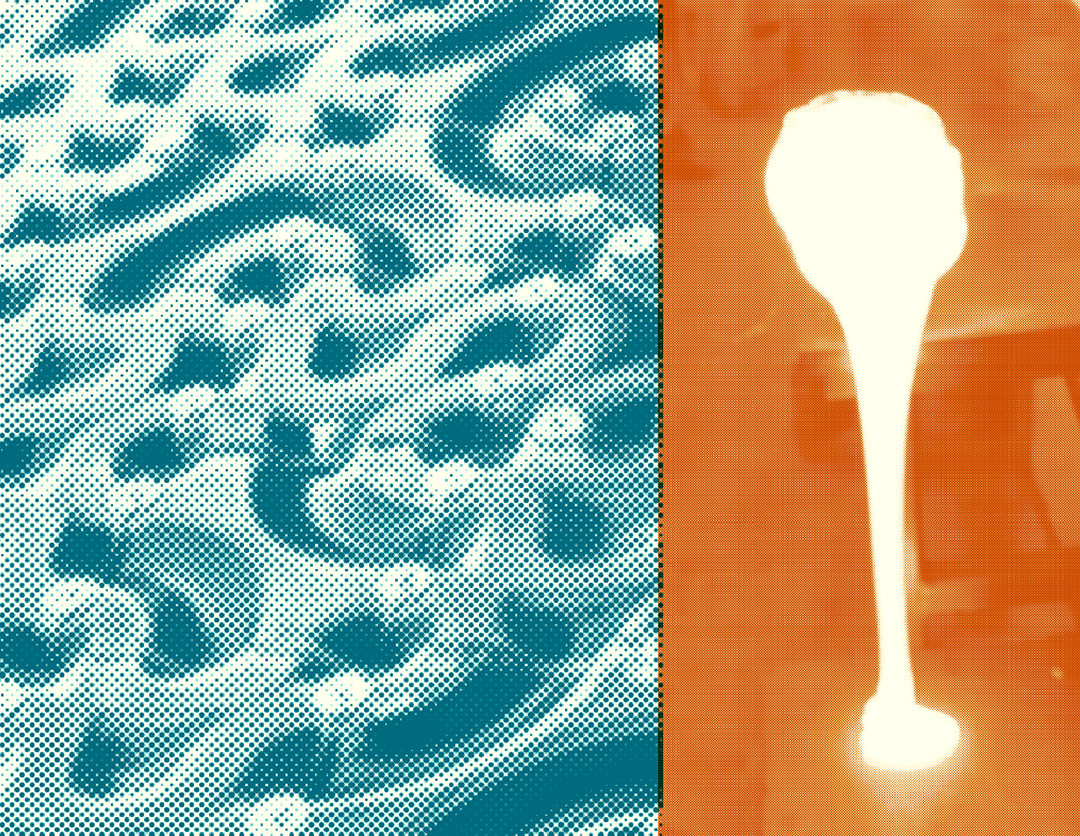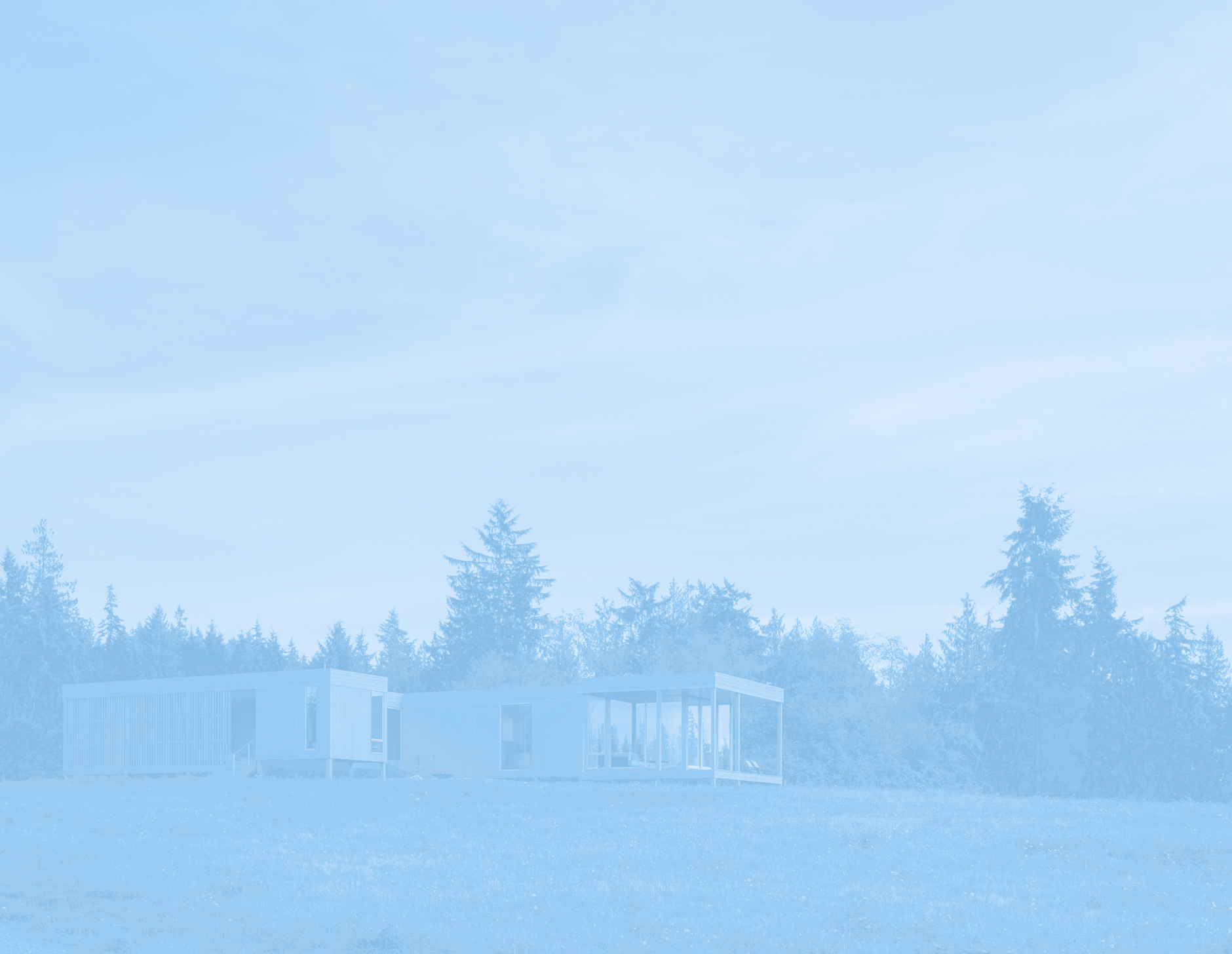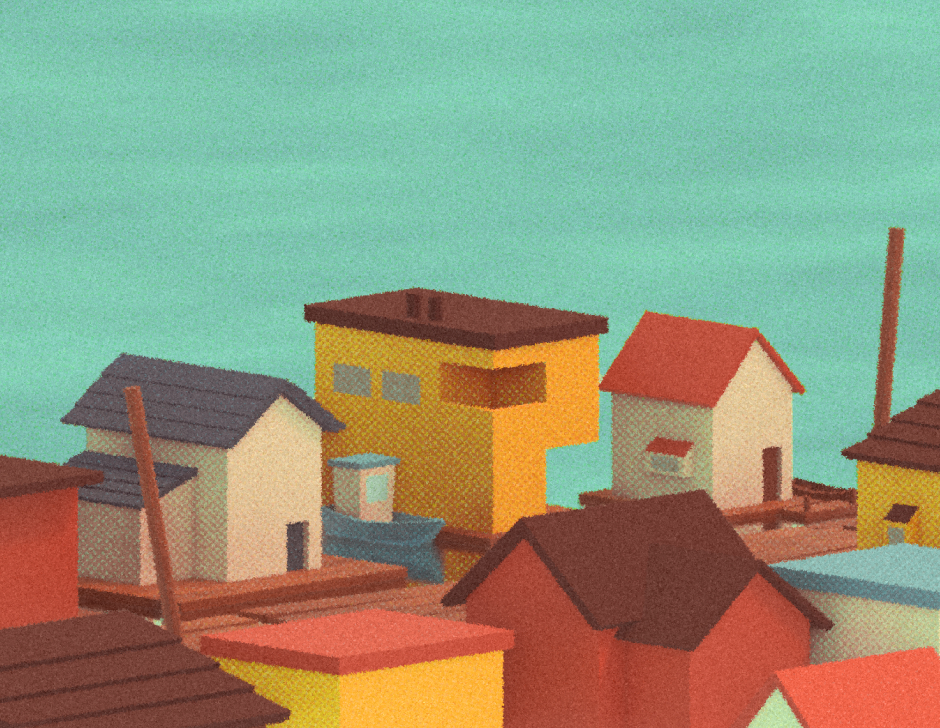.jpg)
What on earth is Heidi Eagleton doing filling up that planter with water?! “Just balancing out the boat right now!” she hollers, hose in hand, half leaning out of her kitchen door. She’s tending to the counterweights, cleverly disguised as planters, that keep her house from listing leeward as a flood of visitors from the 2025 Floating Home Tour step on board.
Just like Heidi, other residents find that living in a floating home on Seattle’s Lake Union calls for some crafty engineering. When it snows, they take to their rooftops, shoveling off snowdrifts to ensure an even distribution of weight — especially for those with flat roofs. When an aggressive wake rolls in, hold on to your teacup — especially if you are at the end of the dock. And for those living with just 500 square feet, murphy beds and retractable dining tables are essential.
Quirks aside, houseboat living couldn’t be more pleasurable. Melissa Ahlers, Floating Home Association (FHA) board member and chair of the biennial Floating Home Tour, says the challenges and advantages are “almost one and the same.” Think about hauling your groceries from your car, down the wood-planked dock, to your doorstep. A pain? Maybe. Exercise? Certainly! On the way, you’ll walk past neighbors relaxing on their porches, kids plunging into the lake, and friends gearing up for a day on the boat — a proximity some might object to. But this sense of connection creates a community where Ahlers doesn’t think twice about leaving a key with any of her neighbors, and there isn’t a single one she wouldn’t feel comfortable calling at 3 a.m. It’s “a little bit like a dorm for adults,” she jokes. “But with boats and better beer.” They must be on to something, because exercise and community (pain points for some, benefits for others) are two contributing factors to a long, healthy life.
While the bowing branches of willows skimming the lake surface or the views of the Space Needle set against the fiery orange sky at sunset could easily be idealized, let’s not forget the history of Seattle’s houseboats, which is anything but. The city’s first floating homes were ramshackle dwellings for loggers, a few cedar trunks rafted together with a wood-framed shanty plopped on top. At the end of the 19th century, timber was Washington’s most important industry, and lumbermen working for Lake Union Lumber and Manufacturing Company needed moveable homes to float along the shore with them. By the 1920s, the families of men who worked on the water started to move in, and the more permanent structures they built are what we refer to today as the ‘classic’ houseboats. Brothels and speakeasies began to surface on the lake around this time, too, adding to the scrappy, offbeat character historically associated with Seattle’s houseboaters. The Great Depression brought an influx of people seeking cheap living, and soon the shores were littered with ‘temporary’ dwellings built atop rafts of cobbled-together wood debris. In the following decades, artists, bohemians, students, and the like found freedom in this haven, relatively removed from the purview of the government. But the fantasy didn’t last long: in 1957, City Hall vowed to “zone out” the slums and set out to eradicate the so-called “cesspool of Seattle,” all in the bright, shiny name of urban renewal.
Where once floated 2000 houseboats, now float 507, displaced by over-the-water apartments and SR 520. The FHA — representing Eastlake, Westlake, Northlake, and Portage Bay communities — was born in 1962 to resist demolition, fight eviction, and mitigate exploitation. Cooperating with the city, they connected the homes to sewer lines to quell accusations of unsanitary living conditions. This is where the distinction between floating homes and houseboats comes in: floating homes are hooked up to sewerage, while houseboats rely on waste tanks that must be pumped out. The association also lobbied the City Council, demanding that they pay market value for condemned properties and ease dock extension restrictions. And just as the Hollywood script would have it, the small but mighty underdog beat the bully; the FHA thwarted the construction of the Roanoke Reef Apartments, and the partially built cement parking garage was torn down. Today, Roanoke Reef houses 20 premier floating homes, most built in the ‘80s, complete with a private garage and gated access.
By the ‘70s, the antagonist was no longer the government but the moorage owners. Houseboaters were essentially trapped on docks they didn’t own, as coercive landlords (minus the land) hiked rent by as much as 400% and threatened eviction over trivial issues like paint color. But with strict zoning and shoreline restrictions, the residents and their homes had nowhere to go. In 1977, the Equity Ordinance was passed. It aimed to curb the moorage owners’ monopoly by tying rent increases to the Consumer Price Index — the only form of rent control in Seattle. With the moorage owners’ exclusive hold on dock space no longer economically viable, the ordinance paved the way for residents to buy their slips, and many docks converted to co-ops. It’s what Ahlers and others in the community call “owning the mud.”
Linda Knight has lived in her floating home for nearly 60 years. She and her late husband, a Navy doctor and nurse, respectively, met on a blind date, fell in love, and were married two weeks later. “He said the only thing he could find for us to live in was a houseboat,” Knight chuckles, knowing the $6000 they paid is a mere fraction of what buyers pay today. In Eastlake, you’d be hard-pressed to find any listings under $1 million. Knight has welcomed visitors into her home since the beginning of the Floating Home Tour in the late ‘70s, first roped in by her neighbor on The Log Foundation Dock, Jan McFarland. 2025 marked the first tour year without McFarland, the stalwart organizer whose no-nonsense spirit “was missed by so many people.” Ahlers, who’s helped with the tour since 2001, tears up a bit, then laughs, recalling the lapsed deadlines without McFarland: “Jan wouldn’t let you miss this.” But if you think Knight has been around a while, her house has been here even longer — during renovations, she found newspaper in the wall from 1918.
For every historic home on 100-year-old log foundations (which are actually preserved quite well when submerged), there is a modern home on a four-foot-thick cement foundation made buoyant by styrofoam (the same technology keeping the 520 bridge afloat). On the tour, the home of architects Tim Carlander and Bill Vandeventer expresses a contemporary vision for life on the lake. Clean lines and glass walls dominate the low-profile, 800-square-foot box; tall yellow grasses on the roof complement the interior’s wood details. While some liken the extensive glazing to a “fishbowl,” Carlander explains of his design vision, “I wanted to recreate that feeling of being in the cockpit on the sailboat,” simultaneously on the water and under the boom tent. It’s that indoor-outdoor connection West Coast architects have been after for decades, executed extraordinarily here with the help of glass, which extends the sense of size. The planters out one side window-wall offer color, texture, and repose, while the activity of the lake enlivens the other. NanaWall retracted, the architect reflects on his routine: “I make a pot of coffee, I sit right there, and I read the paper.”
Once the site of industry and lawlessness, Lake Union is now considered a “gem” by Seattleites — a transition no doubt propelled by Tom Hanks and Sleepless in Seattle. Public health hazard, legal headache, and eyesore no more, the quirky, historic, and distinctly Seattle houseboats are now one of the city’s proudest features. Events like the Floating Home Tour now draw hundreds, all eager for a glimpse inside some of Seattle’s most iconic residences. But the real victory belongs to the residents. As Ahlers puts it, “we don’t have to fight to be here anymore, and we’re very fortunate for that.”
References:
https://seattlefloatinghomes.org/history/
https://seattlefloatinghomes.org/history-qa/
https://www.historylink.org/File/9507
https://houseboatsofseattle.com/seattle-floating-home-community-evolution/






.jpg)

.jpg)

